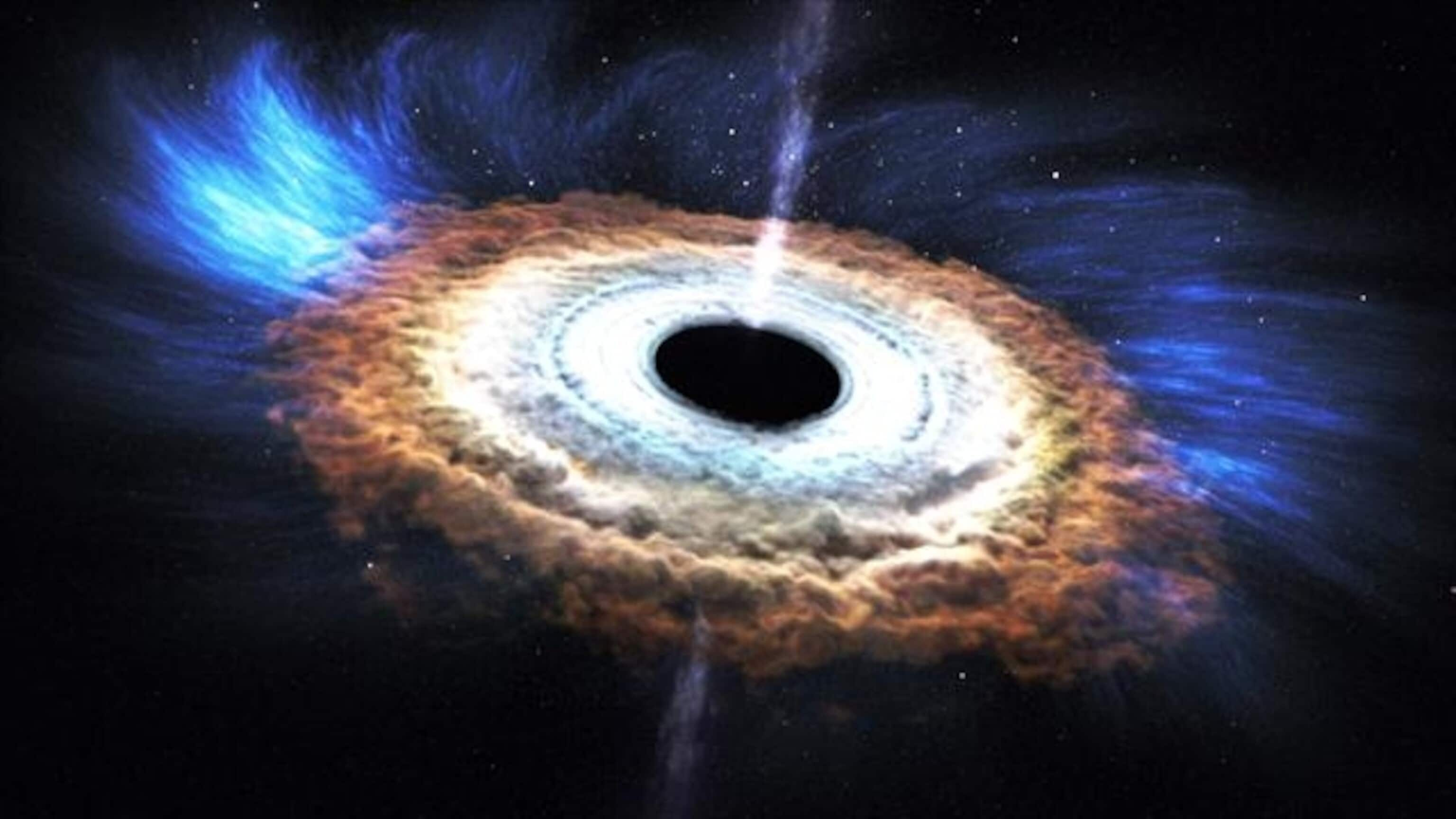
First image of Milky Way's black hole may be inaccurate
What's the story
The first-ever image of Sagittarius A* (Sgr A*), the black hole at the center of our galaxy, may not be entirely accurate, a new study by scientists from the National Astronomical Observatory of Japan (NAOJ) has found.
The researchers suggest that the accretion disk surrounding Sgr A* could be more elongated than circular, as initially depicted in 2022.
Shape shift
New analysis reveals different shape of black hole
The data, collected from a network of eight ground-based radio telescopes, first appeared to show a bright ring structure surrounding a dark central region.
However, the reanalysis by NAOJ scientists has shown a different shape for this black hole.
This new interpretation could help understand the movements and distribution of matter within the disk.
The complexity of analyzing radio interferometry data makes it difficult to reach definitive conclusions about these celestial structures.
Revised image
NAOJ's reanalysis suggests elongated accretion disk
Miyoshi Mikato, an astronomer at NAOJ, explained that the rounded appearance of the black hole could be a result of the way the image was constructed.
"We hypothesize that the ring image resulted from errors during EHT's imaging analysis and that part of it was an artifact, rather than the actual astronomical structure," Miyoshi said.
In NAOJ's reanalysis, Sgr A* looks slightly elongated east-west with one side brighter than the other.
Disk dynamics
Accretion disk's rotation speed and shape
Miyoshi further explained that the black hole's accretion disk is rotating at about 60% of the speed of light. This disk is filled with superheated material spiraling into a 4-million-solar-mass black hole.
As it cycles through accretion disk, friction and magnetic fields heat this material, making it glow in X-rays and visible light while also emitting radio waves.
The shape of an accretion disk can be influenced by factors including spin/accretion rate, angular momentum of falling material, and gravitational pull.
Imaging hurdles
Challenges in capturing accurate astronomical images
Miyoshi emphasized that no telescope can get an astronomical image just right. For Event Horizon Telescope (EHT) observations, interferometric data from widely connected telescopes can have gaps.
While analyzing data, scientists have to employ special techniques to fill in the gaps and construct a complete image. That's what the EHT team did, creating the 'round black hole' image.
The NAOJ team reanalyzed this data and employed a different mapping method, resulting in an elongated shape for Sgr A*'s accretion disk.